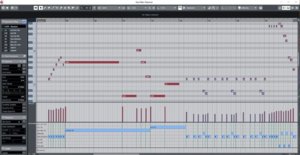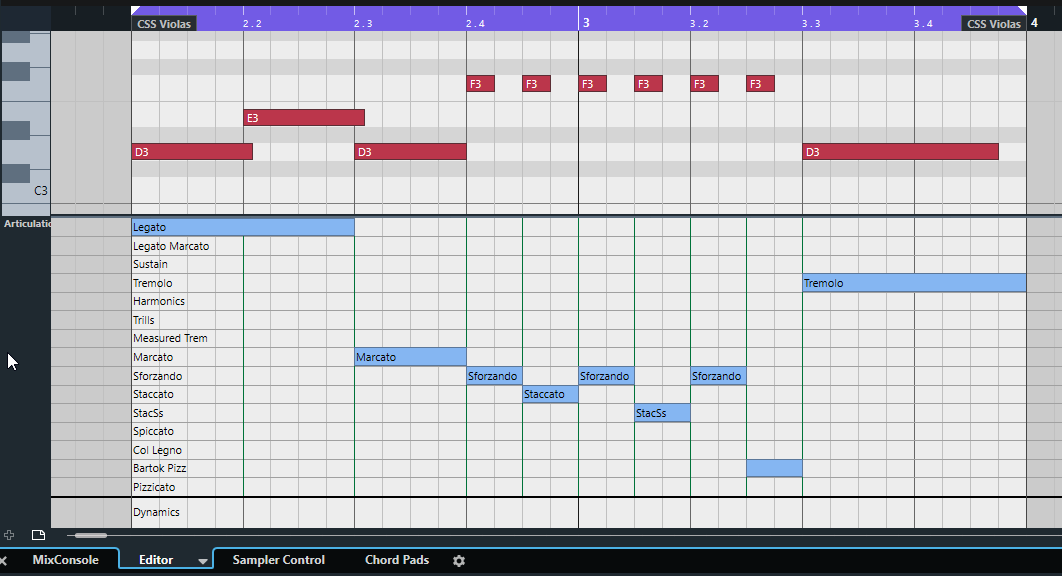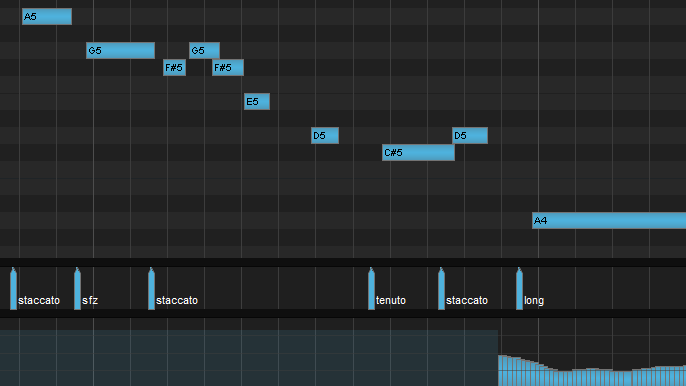Expression maps have two 'articulation types' - Direction or Attribute.
Direction works like a latch keyswitch where you trigger it once and all future notes will follow that articulation until you trigger a different one.
Attribute works on a per-note basis, letting you choose a different articulation for each note.
To use a screenshot I posted earlier, you can see that the longer notes are using the Direction type, indicated by the long bars in the articulations lane. The short notes and trills are triggered as Attributes, which is made obvious by the fact each note has it's own little articulation indicator.

It sounds like Richard uses Direction, which allows you to change articulation
before a note is triggered. That method essentially solves the issue described above, which is caused by using the Attribute method, where it is essentially trying to trigger a keyswitch AND midi note at the same time.
I should also add, this issue of delayed switching does not seem to happen if your expression map is set up to trigger different MIDI channels, which is how I like to use mine
most of the time.
You set up a custom multi with different articulations on sequential midi channels, and have each articulation in the expression map route to the appropriate MIDI channel.
Note to
@jononotbono : If you set it up this way (as a multi), you can still have separate MIDI tracks for each articulation for the purposes of stacking. Just have the expression map loaded on channel 1, and split it out into as many MIDI tracks as you need. Like so...

Now I can have all midi data on the "Floot Exp Map" channel using the expression map to switch between articulations, OR I can use the individual MIDI tracks. Ultimate flexibility.







